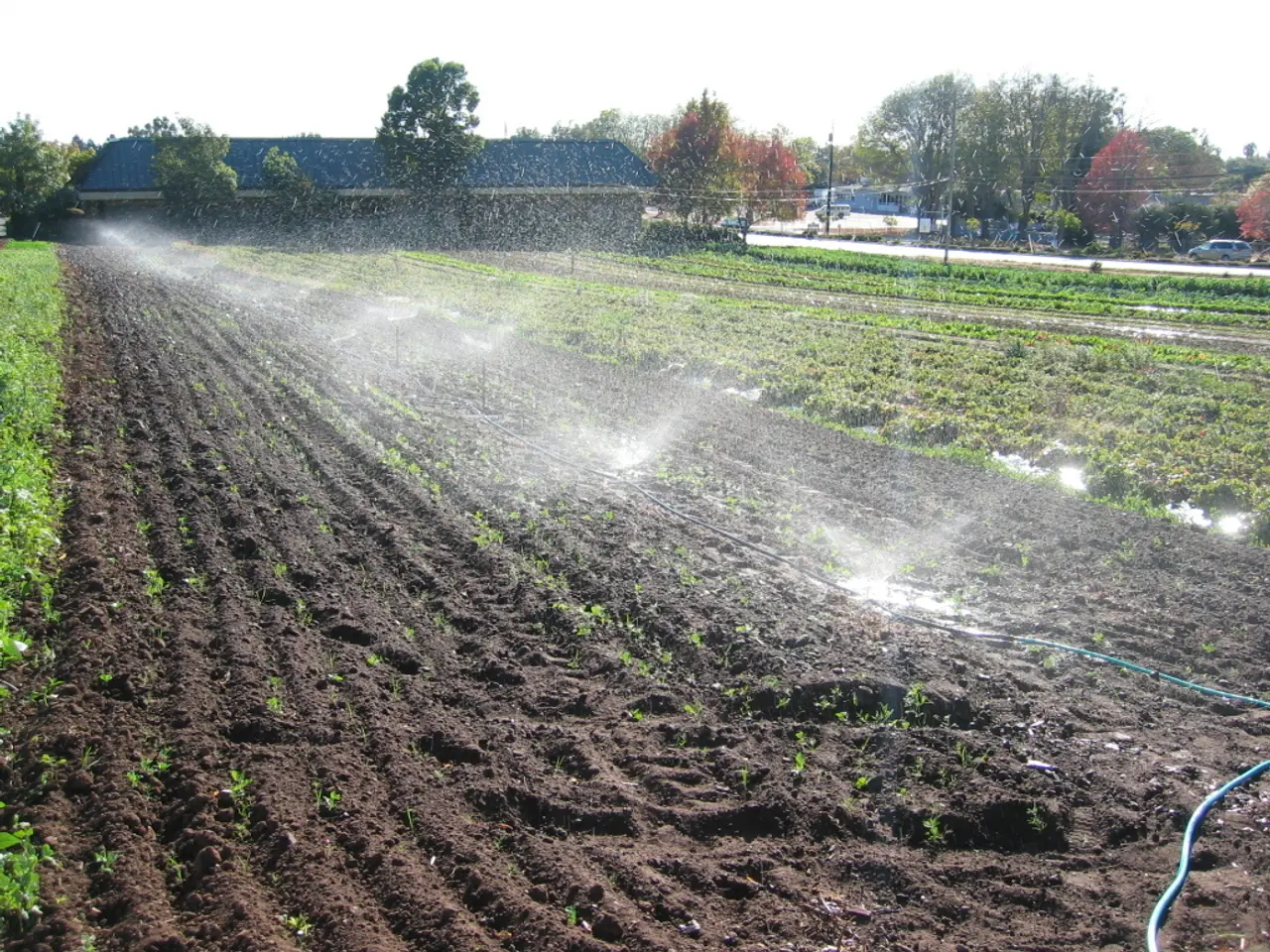Considered Input: The Commission has also been consulted on the following matters:
In a recent report, the German Environmental Aid (DUH) has raised concerns about the preparedness of several federal states for a once-in-a-century flood. The report, based on data from the Association of German Insurers and the Federal Institute of Hydrology, calculated a flood risk index for the states, but did not specify the exact number of potentially affected people in each state.
Bavaria, with more than 65,000 addresses particularly exposed to a flood risk, has the highest flood risk index in the country. Sascha Müller-Kraenner, DUH Federal Director, stated that the federal states are not doing enough to protect potentially hundreds of thousands of affected people. In Bavaria, significant damage to people, the environment, cultural heritage, and economic activities is expected on 4.25% of the state's area in the event of a once-in-a-century flood.
Mecklenburg-Western Pomerania has the lowest flood risk area, with only 0.7% of its state area at risk. North Rhine-Westphalia has a higher percentage of its area at risk (6.8%), but fewer addresses are exposed to a flood risk (around 28,000). Brandenburg, Saxony-Anhalt, Baden-Württemberg, and Hesse also have high flood risk areas, with shares of 6.2%, 5.9%, 4.7%, and 4.6% of their respective state areas, respectively.
The risks for severe damage in some regions are high, according to the DUH. To mitigate these risks, Müller-Kraenner emphasises the need for nature-based flood protection measures, such as the renaturation of floodplains and rivers. Rivers and streams need more space, he argues, for water to spread better and drain away more slowly. The DUH also sees a need for catch-up in the area of flood prevention and monitoring.
Higher water levels are expected to become more frequent in the future, as per the DUH's analysis. To combat this, the DUH encourages holding water back in intact forests, meadows, and wetlands for effective flood protection. The DUH's report does not provide information on which specific federal states are underprepared for floods, beyond the calculation of the flood risk index. For detailed information, it would be best to consult the German Environmental Aid (DUH) or similar organisations directly for their latest reports and data on flood risks in Germany.
- In the face of higher water levels expected to become more frequent in the future due to climate-change, the German Environmental Aid (DUH) advocates for nature-based flood protection measures, such as the renaturation of floodplains and rivers to mitigate risks, as these measures can help rivers and streams have more space for water to spread better and drain away more slowly.
- Sascha Müller-Kraenner, DUH Federal Director, has expressed concerns about the lack of adequate flood prevention measures in several federal states, and their inability to protect potentially hundreds of thousands of affected people, citing environmental-science and weather data to emphasize the urgency of implementing nature-based flood protection measures to prepare for a once-in-a-century flood.








